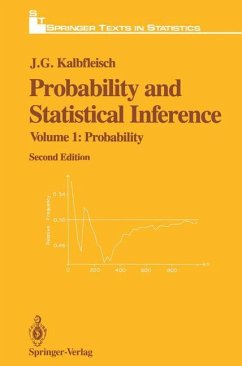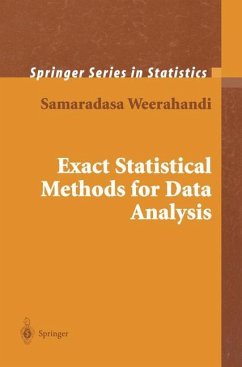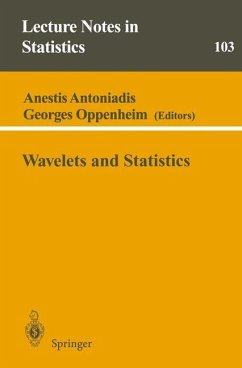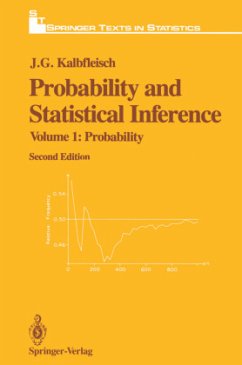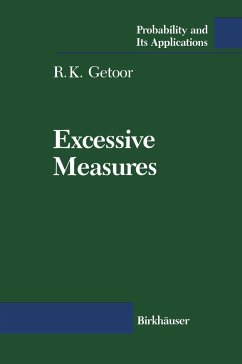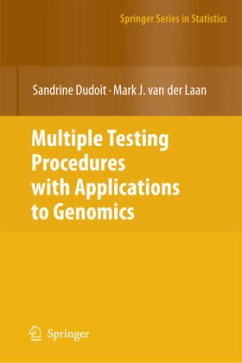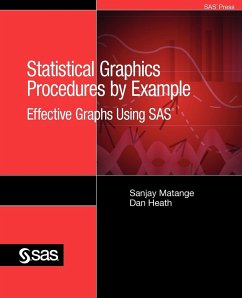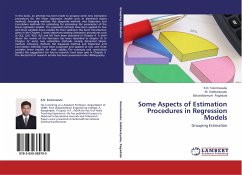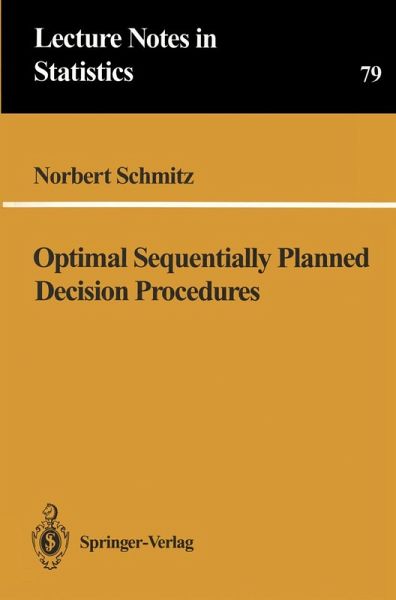
Optimal Sequentially Planned Decision Procedures

PAYBACK Punkte
39 °P sammeln!
Learning from experience, making decisions on the basis of the available information, and proceeding step by step to a desired goal are fundamental behavioural qualities of human beings. Nevertheless, it was not until the early 1940's that such a statistical theory - namely Sequential Analysis - was created, which allows us to investigate this kind of behaviour in a precise manner. A. Wald's famous sequential probability ratio test (SPRT; see example (1.8» turned out to have an enormous influence on the development of this theory. On the one hand, Wald's fundamental monograph "Sequential Anal...
Learning from experience, making decisions on the basis of the available information, and proceeding step by step to a desired goal are fundamental behavioural qualities of human beings. Nevertheless, it was not until the early 1940's that such a statistical theory - namely Sequential Analysis - was created, which allows us to investigate this kind of behaviour in a precise manner. A. Wald's famous sequential probability ratio test (SPRT; see example (1.8» turned out to have an enormous influence on the development of this theory. On the one hand, Wald's fundamental monograph "Sequential Analysis" ([Wa]_) is essentially centered around this test. On the other hand, important properties of the SPRT - e.g. Bayes optimality, minimax-properties, "uniform" optimality with respect to expected sample sizes - gave rise to the development of a general statistical decision theory. As a conse quence, the SPRT's played a dominating role in the further development of sequential analysis and, more generally, in theoretical statistics.



